Asmaa Jama Guest Blog: A Song for the Slippages
Image by Asmaa Jama
Throughout autumn of 2023, MAYK have been working on Confluence; an exciting new residency commissioned by Ginkgo Projects exploring Bristol’s changing city centre. Culminating in a weekend programme of film, photography, live performance and installation 1-3 December, Confluence has been the collaborative effort of four fantastic artists, one of whom is Asmaa Jama. Asmaa is a multidisciplinary artist, writer and filmmaker based in Bristol. Their solo exhibition Except this time nothing returns from the ashes, made in collaboration with Gouled Ahmed, was presented at Spike Island, Bristol in 2023.
Jama's first film work Before We Disappear (2021), was an interactive moving image piece commissioned by BBC Arts, followed by The Season of Burning Things (2021), also made in collaboration with Ahmed, was commissioned by the Bristol Old Vic (2021).
Their work has also been presented at the Venice Architecture Biennale in collaboration with the Goethe Institute and Theatre Neumarkt’s 100 Ways to Say We Programme (2021), and was the official selection at Blackstar Film Festival, Aesthetica Film Festival and Sharjah Film Platform 5 (2022).
Jama’s writing has been commissioned by Jerwood Arts, Hayward Gallery, Arnolfini and Ifa Gallery, Berlin. Their written works have been published in places like The Poetry Review, Nataal and Magma.
For the blog, we did a quick artist profile on Asmaa and spoke about their project A Song for the Slippages.
Of course, Bristol is the over-arching inspiration for this project, but what inspired the specific theme of migration for your track?
I was interested in the idea of the city as a port city and the histories of people moving through and in the city. I think my work often tracks and traces the ways the people move, and also looks at ideas of transience what it means to be transient.
What memories do you have of the city that have influenced your creative perspective on this project?
I've rooted my tale in Stapleton Road. I was interested in the built environment, the ways that the environment shifts with the community that lives there and vice versa. The ways that people take up and use space. I was also really interested in concrete as a material, and the thinking about this was inspired by Caleb Femi's Poor.
What three words best describe your track?
Glitchy, myth, hybrid.
Can you remember the first time you were inspired by art or an artist in Bristol?
I think it would have to be many of the pieces of street art, it might have to be the painting of a falling Jesus that was up for a while, that's now been replaced by a wonderful mural in response to the protests over the Colston statue.
What is your favourite view in Bristol?
I think probably the view of the river and the suspension bridge, from below. I like the jagged slopes.

